Oleander Diseases
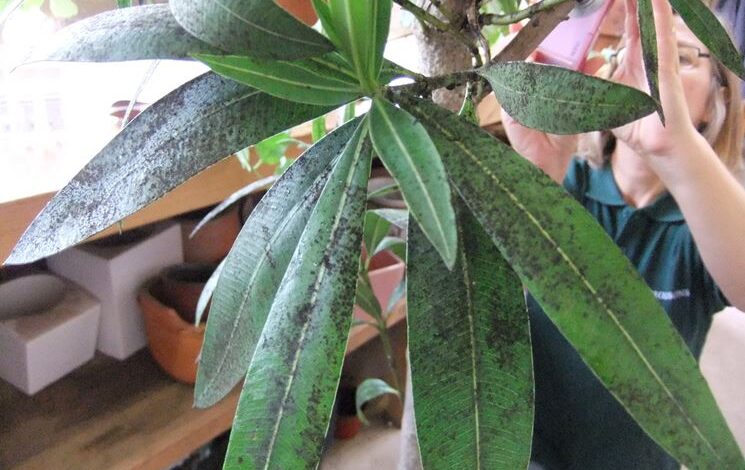
The various diseases of the oleander
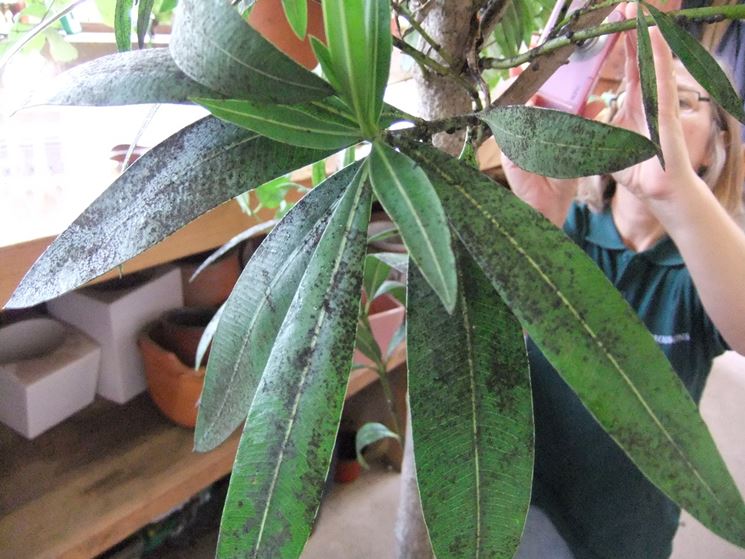
Septoria
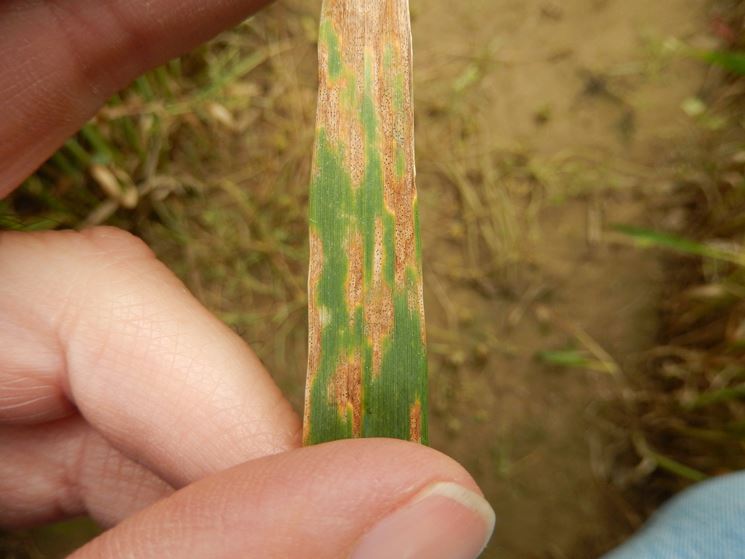
Septoria is a disease caused by fungi belonging to the Septoria genus, which parasitize the leaf surface of plants causing characteristic greyish spots often edged with black, similar to burns. The septoria oleandrina colonizes the leaves of the oleander and, once it reaches the petiole, causes their detachment and early fall. To prevent the disease, it is necessary to avoid water stagnation on the leaves during watering. It is also good to use water that is not too calcareous. If the disease is in progress, it is recommended to use copper-based antifungal products, which act directly on the microorganism by destroying it. This chemical treatment is not always necessary, since if the disease is superficial and limited only to some leaves, it will be enough to eliminate them by cutting them from the petiole.
The mange of the oleander
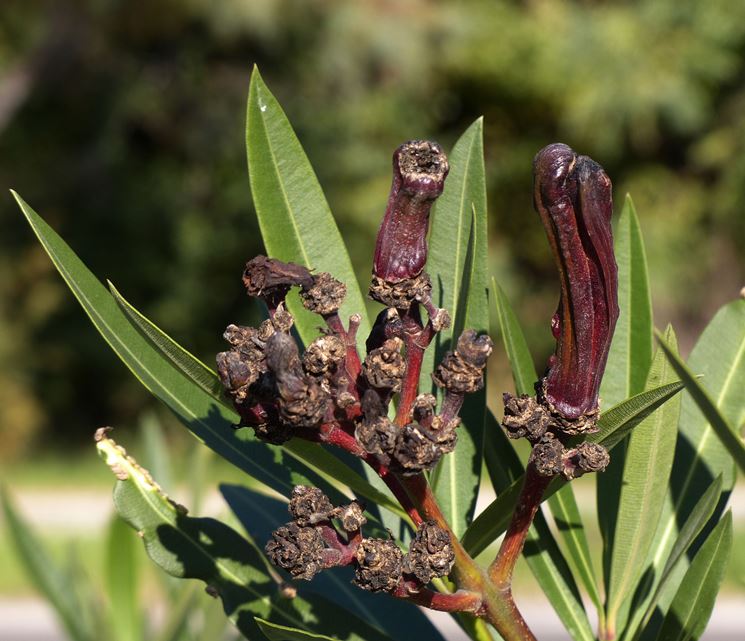
Another very common pathology is called oleander mange. Caused by the bacterium Pseudomonas savastanoi, which can also attack other plants such as olive, privet and jasmine, it causes in the affected specimens the appearance of particular dark-colored cancerous tubercles, distributed on leaves, branches, flowers and even fruits. Often it attacks young plants, in full growth, rarely found on old specimens. It penetrates the tissues through accidental cuts, wounds and incorrect pruning, spreading rapidly and leading the plant to weakening and sporadic blooms. There are no real remedies against this pathology, however it is possible to prevent its attacks by using copper-based products after pruning and carefully sterilizing the shears and scissors intended for this plant.
Oleander Diseases: Other Pathological Agents
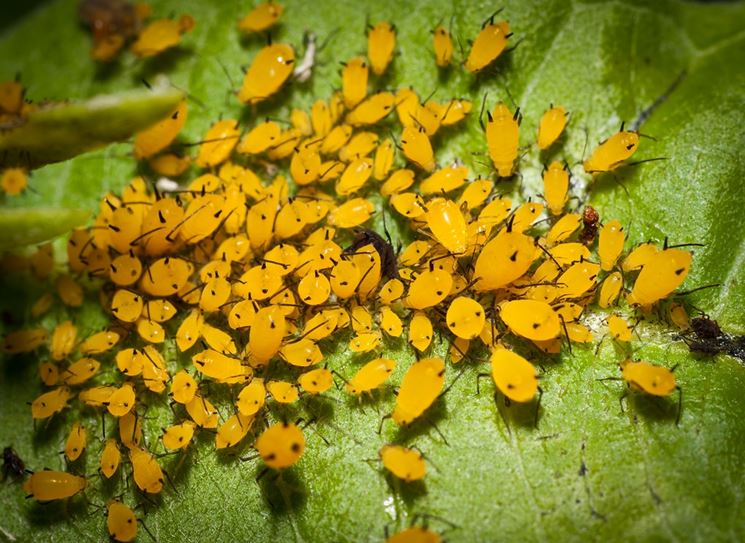
There are many diseases of the oleander, some of which are caused by various species of arthropods or fungi closely related to them. Not infrequently the oleander is attacked by red spider mites, true scourges for many varieties of plains. Being mites, specific acaricides are used to eliminate them from the host plant. Even the cochineals show off themselves on the oleander leaves, and it is easy to recognize them since they appear as small white or black cotton balls (hence the name of cottony cochineals); to eliminate them, just wash them with water and neutral soap, or with a cotton swab soaked in alcohol. If the colonies of scale insects are many, often there is a need to cut the leaves where they lodge. Oleander aphids (scientific name Aphis nerii) attack both leaves and flowers and are often present in considerable quantities. To solve the problem you can proceed using specific insecticides, or resort to biological control with ladybugs (natural enemies of aphids). The fumaggine, by fungi, is closely related to the aphids that produce honeydew.




